2022: A Year in Review
2022: A Year in Review As we look back on the past year of vTestify product development, we are proud to have made several significant updates and releases. Our team
The court reporting firm cannot function properly without all its components working together to service their client’s needs throughout the entire litigation process. While a large emphasis is placed on the written record, the video record often fills in the gaps that the transcript leaves out. The phrase “it’s not what you say, it’s how you say it” tells us that two people can say the same exact thing verbatim, but each person can be understood differently, changing the context of the words. Only the video record can capture non-verbal cues such as facial expressions, voice tone, long pauses, etc. When a case goes to trial, the difference between an attorney quoting something that was said on the record versus showing a video of the way a witness answers a question could make all the difference in the way a jury feels about their testimony. The videographer is responsible for capturing this testimony, and their process has changed significantly over time as the technology has improved.
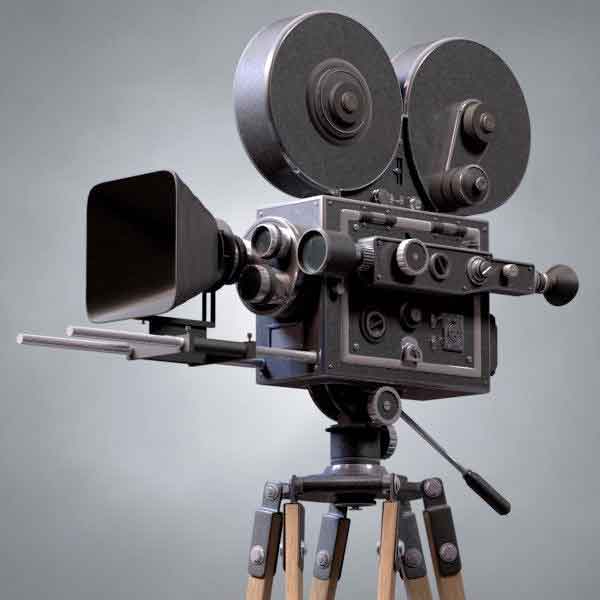
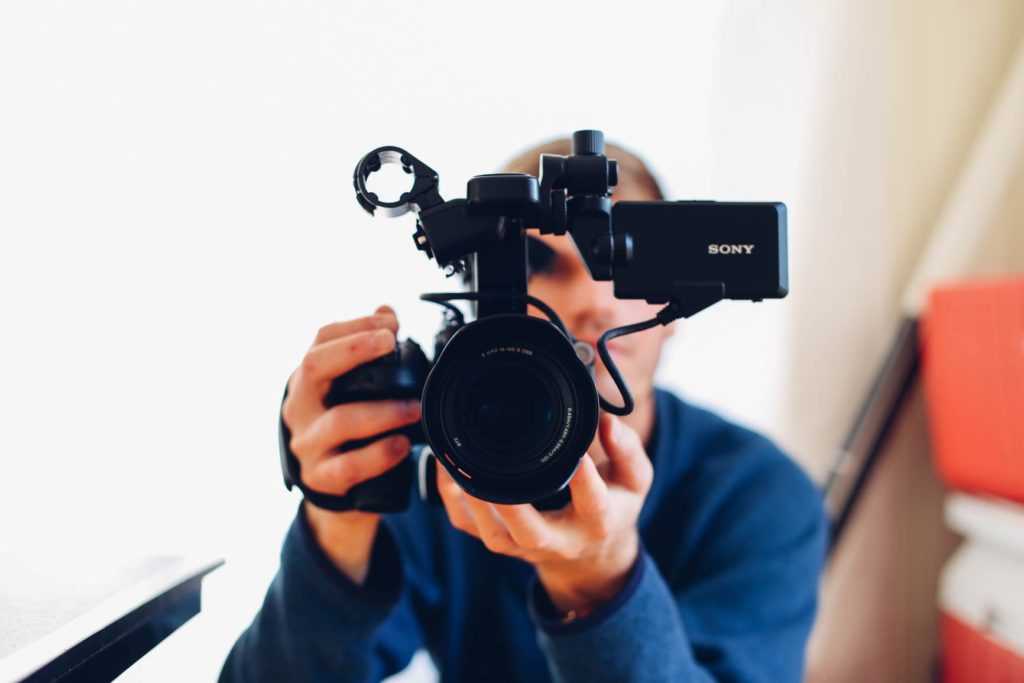
The early beginnings of legal videography were fantastic for capturing testimony and allowing litigators to tell their story in a new way. However, the technology was very different from what we have today. Initial setups included large cameras that recorded on VHS tapes, mixers, large microphones, and cables running throughout a conference room. This bulky equipment was difficult to transport to and from depositions and took up a lot of storage. Innovations in recording technology led to better efficiency for the videographer. The cameras transitioning from VHS tapes to DVD’s and then SD cards made them smaller and easier to move around. Changes in recording equipment also led to making post-production much easier and faster. This paved the way to what we are experiencing now, a mostly digital market where attorneys receive their video files electronically, along with additional features like video sync’s. As with every facet of the court reporting agency, once the technology improved, the workflow changes followed.
The videographer’s workflow included a set of necessary steps to make sure that the video record is safe and preserved. This includes running redundant recordings to make sure there are multiple backups. They will often back up videos themselves as well as hand them off to the reporting agency to create their own redundancies. Once the video is in the court reporting agency’s hands, they can use its own technology to add services to assist the client with their case. For example, as mentioned above, using videos taken throughout discovery are an excellent tool for trial. Taking it one step further and creating a video sync where the testimony from the court reporter is synced to the video recorded has become the standard for trial presentation. This was a steady process for the videographer and the video team at the reporting agency right up until they were forced to change their workflow in 2020.
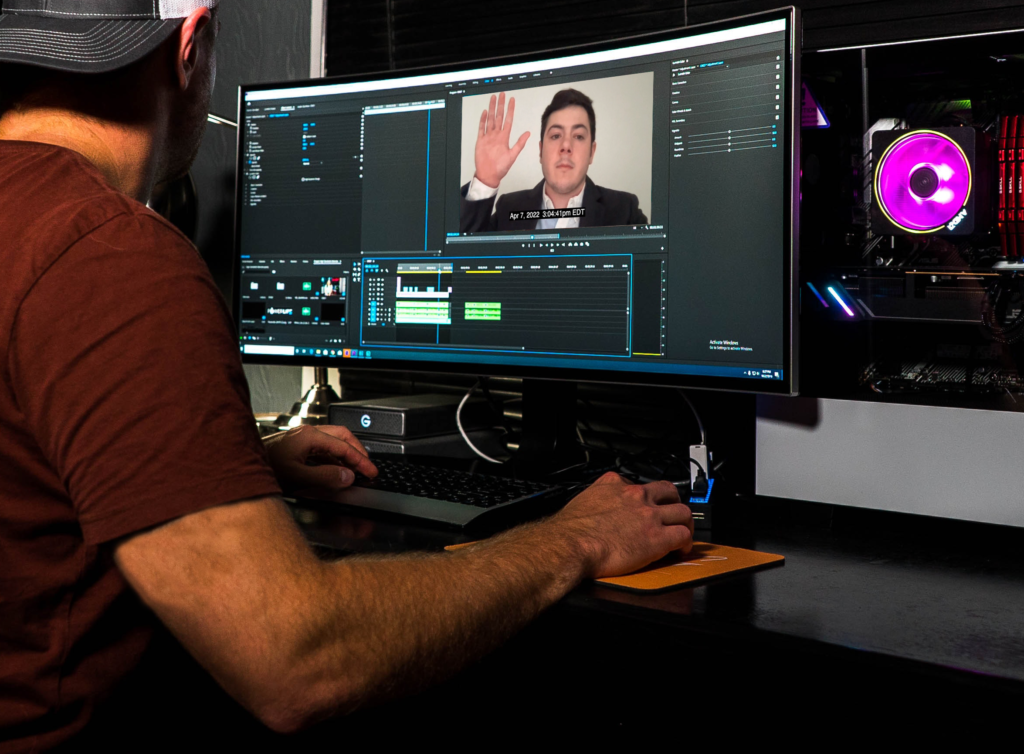
Videographers had one of the biggest changes to taking depositions in 2020. Although legal videography had already taken the necessary steps to switching to the digital space, videographers always worked in-room with the witnesses and any other attendee that was appearing live. Once the pandemic started, reporting firms and their videographers had to pivot quickly to find capture tools with quality audio & video as well as redundancies to match the in-room experience as closely as possible. With so many different options, this was the biggest hurdle in the videographer’s space. The modern videographer was forced to use disparate technologies that were not built for taking remote depositions. This caused inefficiencies in their workflows such as having to input a timestamp manually post proceeding and cropping videos to remove unwanted recordings of counsel. There are also security risks involved in relying on so much work being done on the backend including the possibility of human error. To alleviate these issues, court reporting firms began to look for other solutions.
We now have technologies that are truly built for the legal profession and provide the necessary tools to create less back-end work for the videographer and the court reporting firm. Using a platform that records a legal-ready video with a timestamp already included secures the validity of the video record. With options such as video pop-out, videographers can use their multi monitor set ups to screen record a video with the same timestamp included to secure their redundant recordings. Moreover, going on and off the record has never been easier. With a click of a button, the modern videographer has full control of going on and off the record which records only the witness automatically, eliminating the risk of recording anyone else inadvertently. A built for legal platform assists videographers by providing visual cues for everyone in the room, letting everyone know who is being recorded during a deposition and when they are on the record without asking. Moreover, no longer does a videographer have to transfer a video file to their video department for processing. The reporting firm now has access the video instantly once the deposition is completed, saving even more time. As the demand for remote legal videography grows, using a technology that helps videographers spend more time recording testimony is exactly what this industry needs to thrive in the remote deposition market.

Andre Rojas is the Director of Virtual Solutions at vTestify. He brings his 14 years of experience in the court reporting field and is responsible for maintaining operational excellence and ensuring customer satisfaction.
2022: A Year in Review As we look back on the past year of vTestify product development, we are proud to have made several significant updates and releases. Our team
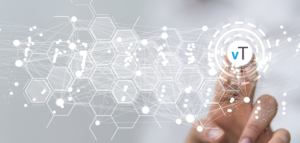
Features and Updates Today we are sharing some of the latest vTestify updates. We’ll be discussing case dashboard, background blur, signing up for an account while in a deposition room,
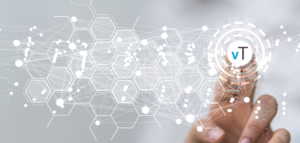
The Benefits and Pitfalls of Remote Depositions Remote depositions can have many benefits, from time savings and efficiency to increased productivity. But there can also be challenges presented by the